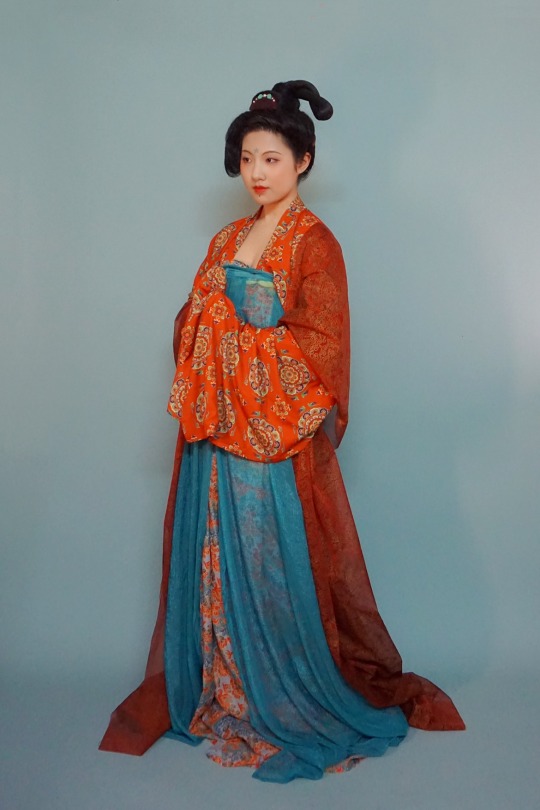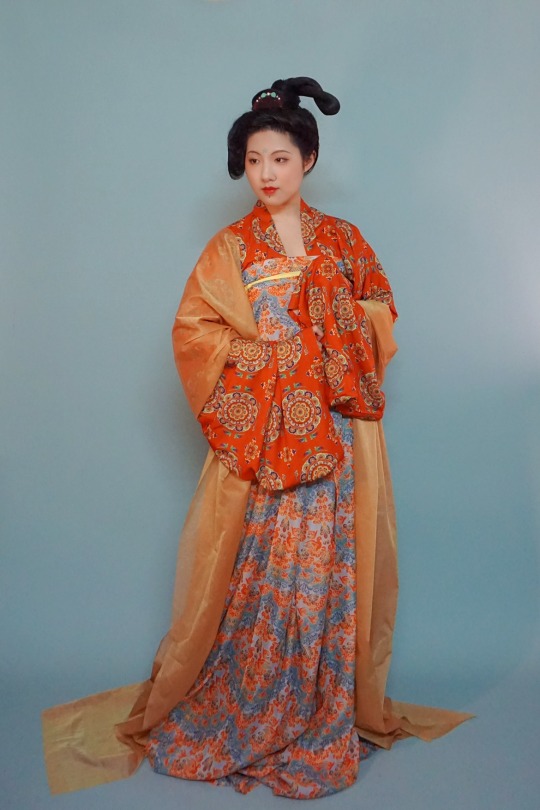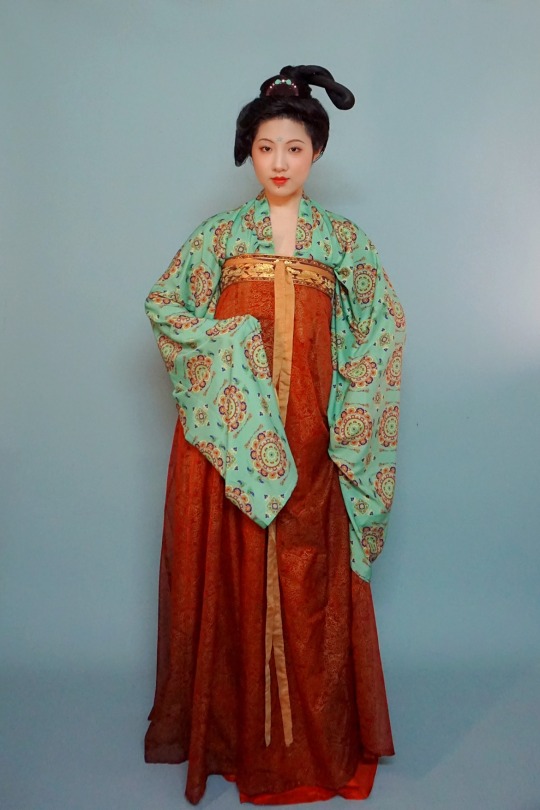#Dunhuang
Text









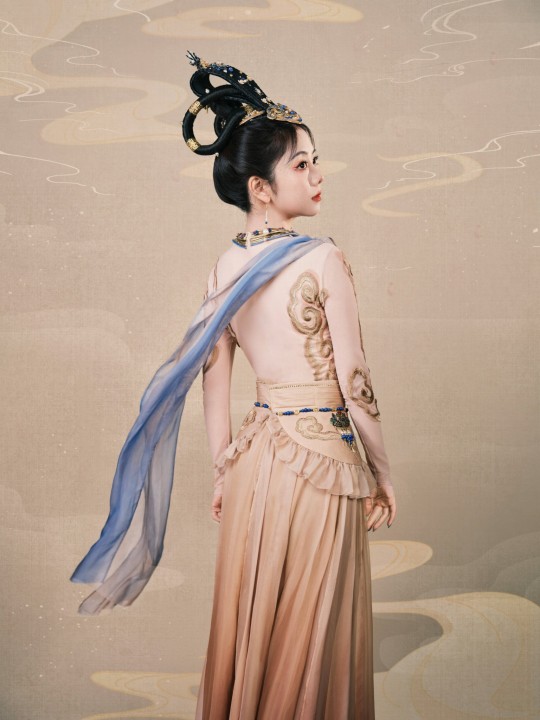
TAN SONGYUN 谭松韵 in a dunhuang photoshoot | 2024 Spring Festival Gala — Hunan TV
Tan Songyun: more photos here
2024 Spring Festival Gala: more photos here
dunhuang photoshoot: more photos here
#tan songyun#谭松韵#chinese actress#chinese fashion#fashion#dunhuang photoshoot#dunhuang#spring festival gala 2024#cnladies#spring festival#spring festival gala#year of the dragon#dunhuang style#hanfu#hanfu photoshoot#chinese hanfu#hanfu girl#hanfu fashion
127 notes
·
View notes
Text
I’ve been stricken with numerous personal life circumstances that have made it difficult to produce solid research pieces as well as answer questions, but I still want to share information.
This type of dance is called Dunhuang and mixes traditional ethnic dancing styles with modern art. The style of the dance itself is influenced heavily by Buddhism. Specific body movements are inspired by fresco paintings found inside the caves of the west China province of Gansu. The dance style owes it’s name to the musical scores found within the city of Dunhuang.
Dunhuang itself used to be a massive center for Buddhist teaching and practices between 500AD-1000AD, being home to several monasteries during that time period. Pilgrims from China, India and Tibet would congregate here leaving behind massive amounts of Buddhist written text and art that would form the strongest body of primary works regarding Buddhist communities in China.
This group here is performing The Thousand Handed Guanyin, and actually happen to be hearing impaired! It’s actually quite mesmerizing to watch.
189 notes
·
View notes
Text

OC art.
Character: Ban Yuwen (班雨雯)
he is my silly son hehe. The art style is inspired by the Dunhuang cave art.
#art#my art#digital art#fanart#original character#oc#hanfu#xianxia#dunhuang#wuxia#fresco painting#painting
82 notes
·
View notes
Text
Striking poses like the Dunhuang feitian murals
1K notes
·
View notes
Photo
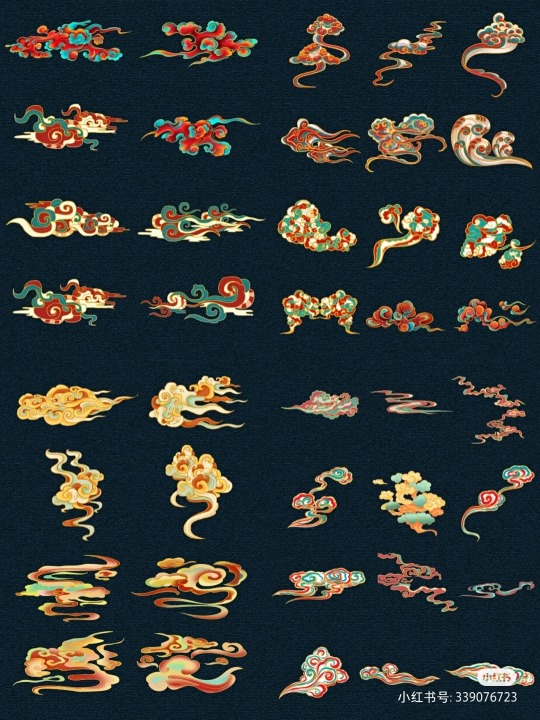

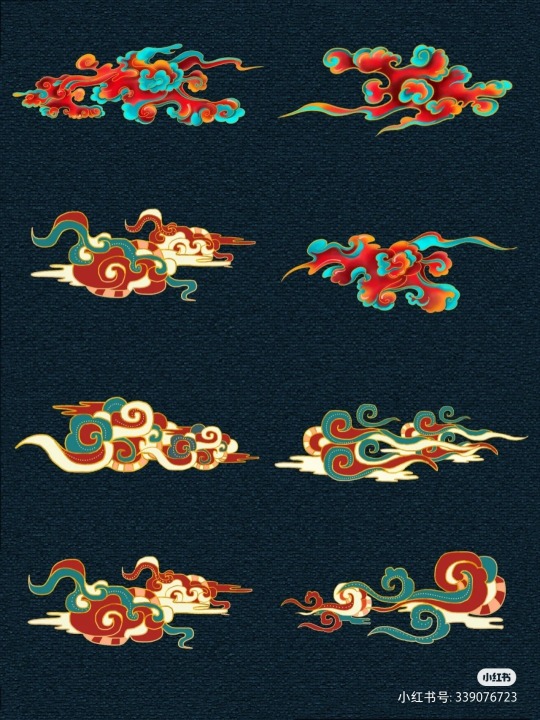

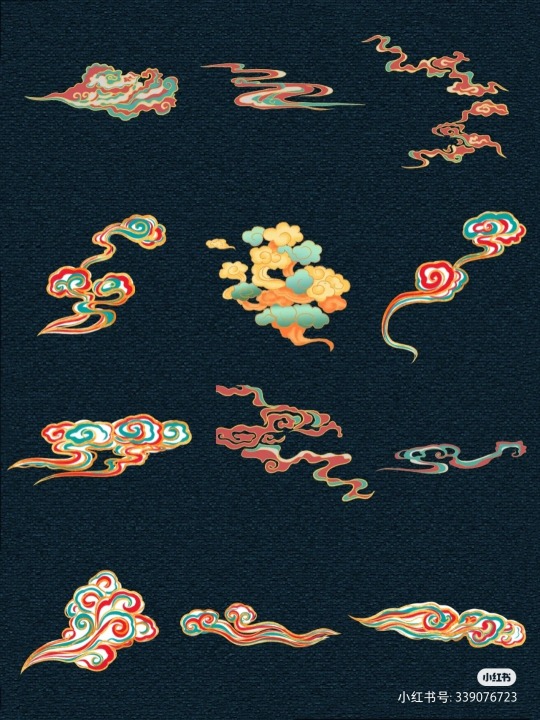
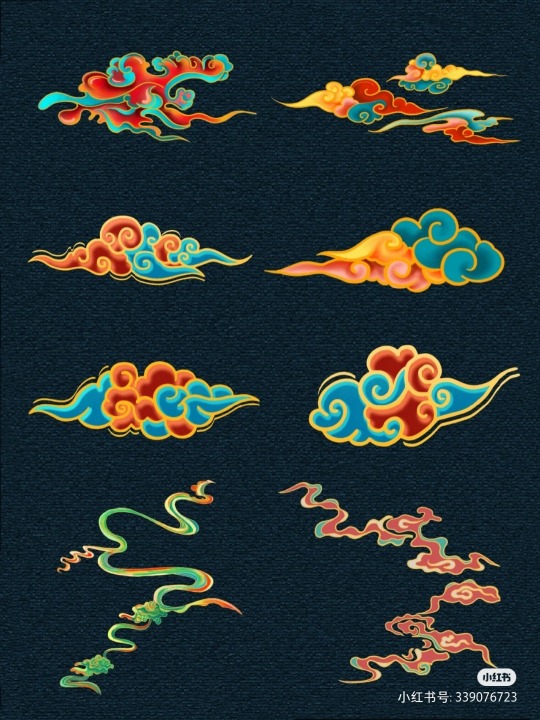

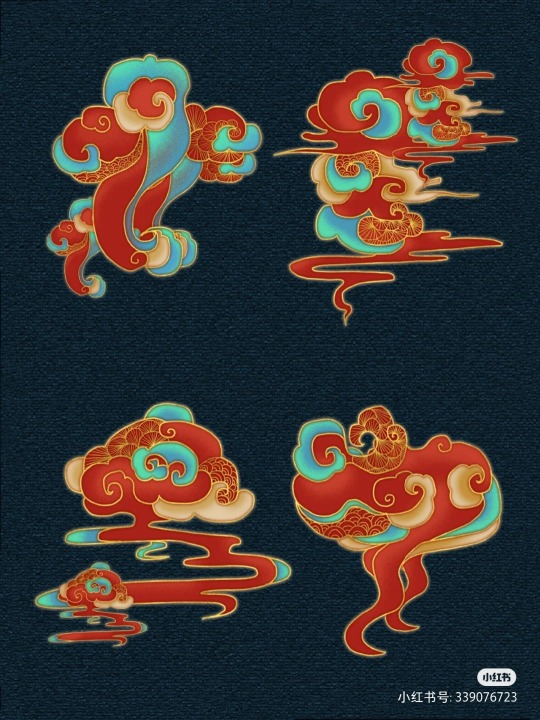
chinese dunhuang cloud pattern
2K notes
·
View notes
Photo

The frontispiece to the world’s earliest dated printed book, the Chinese translation of the Buddhist text the Diamond Sutra. This consists of a scroll, over 4.8 meters long, made up of a long series of printed pages. Printed in China in 868 CE, it was found in the Dunhuang Caves in 1907, in the North Western province of Gansu.
249 notes
·
View notes
Text
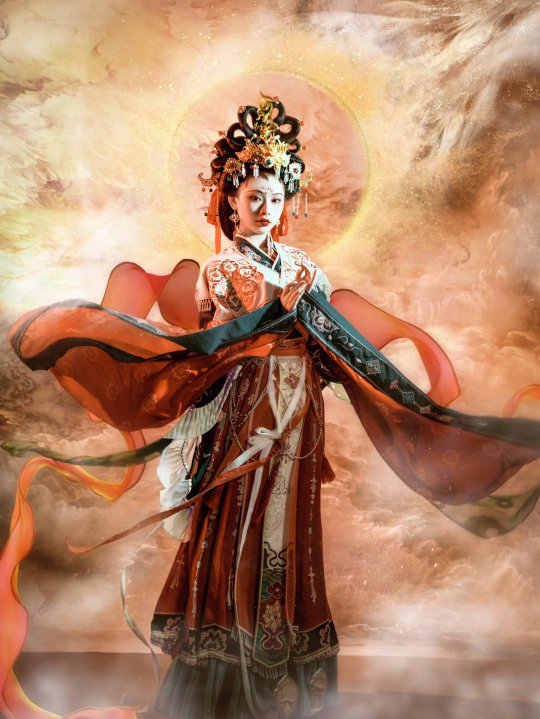
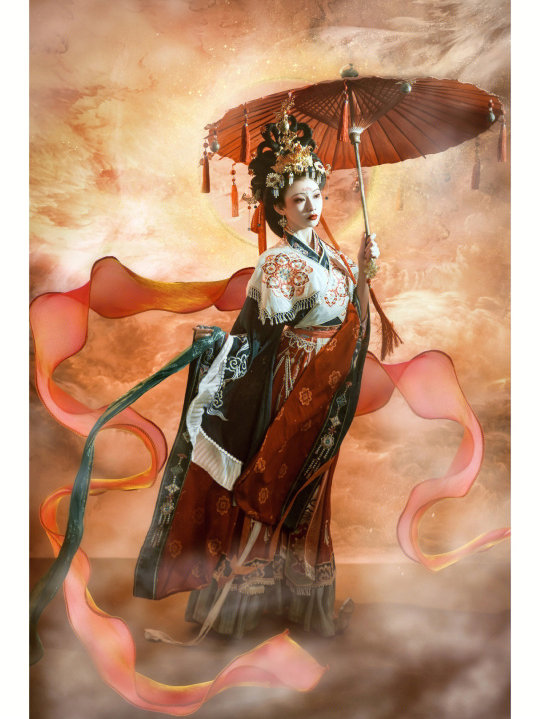
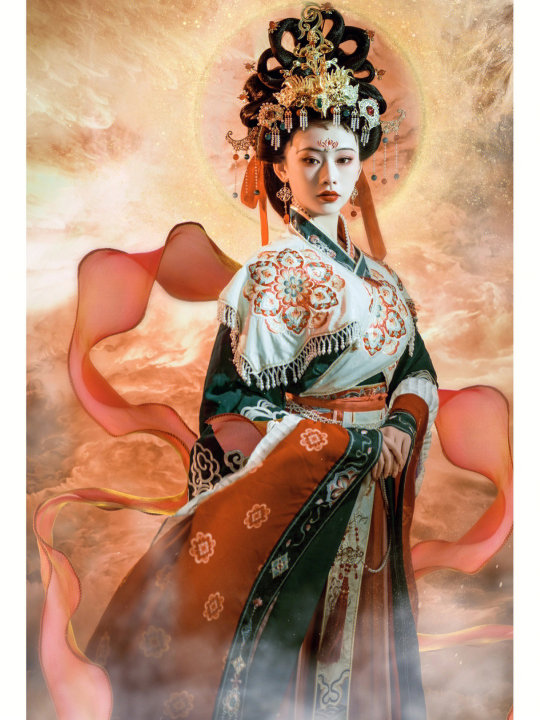

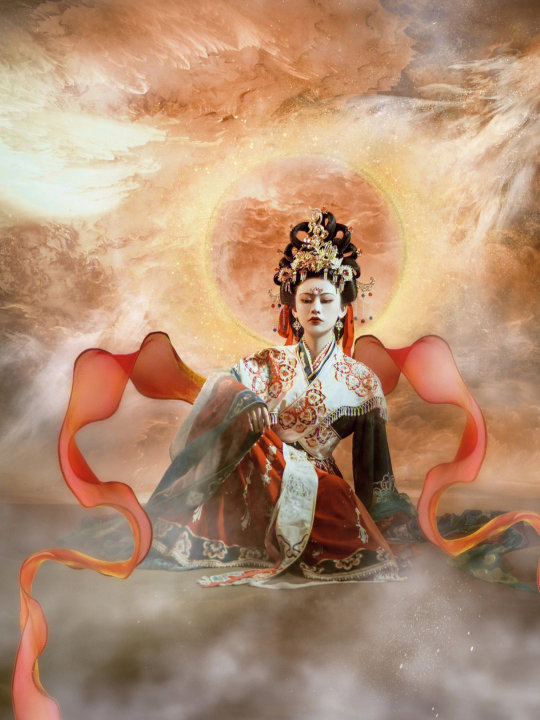
Dunhuang Fairy look
Ancient fresco inspiration
225 notes
·
View notes
Text

SPPPIIIINNNNIIINNNGGG Nikki
#shining nikki#nikkiverse#shining nikki styling#my styling#sn styling#sn nikki#love nikki#spinning#dunhuang#sn comp
45 notes
·
View notes
Text
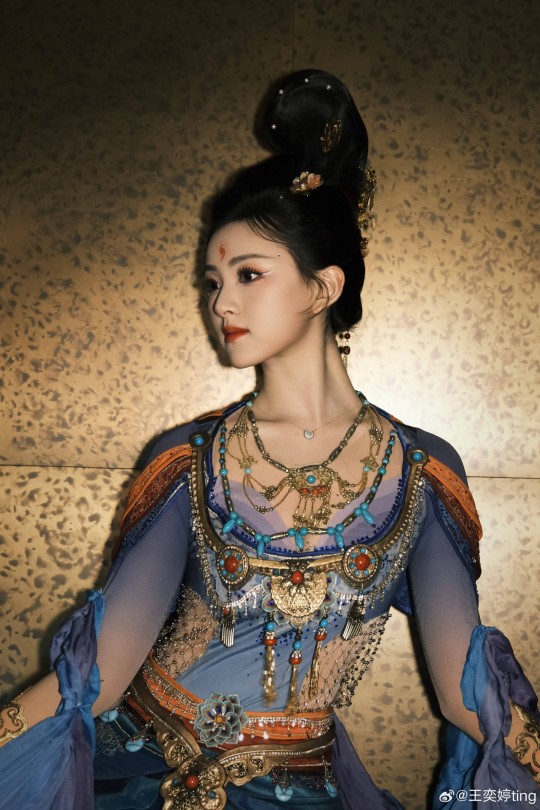

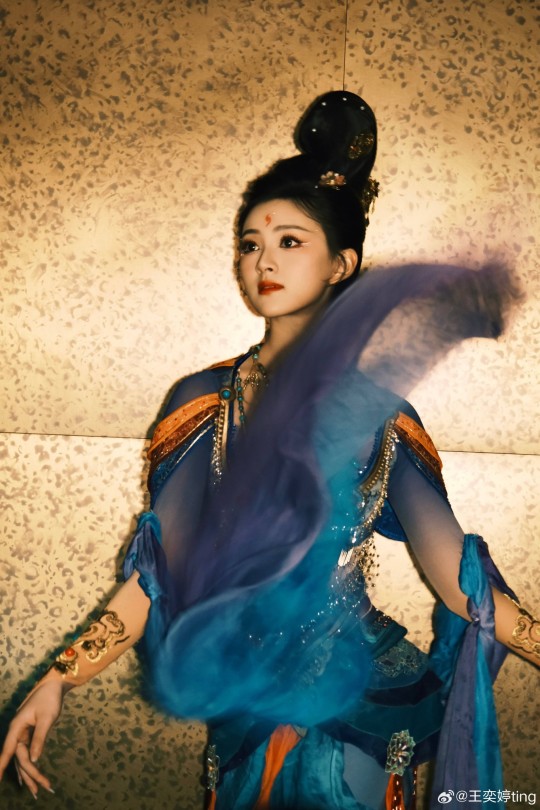
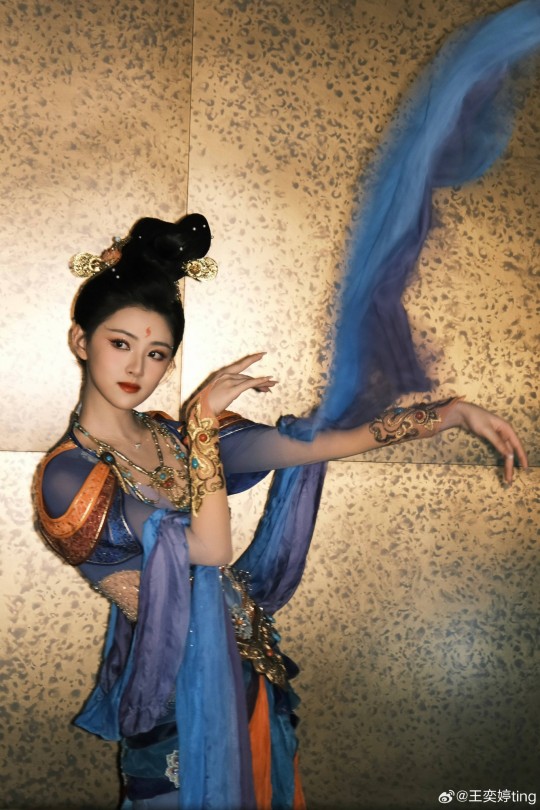
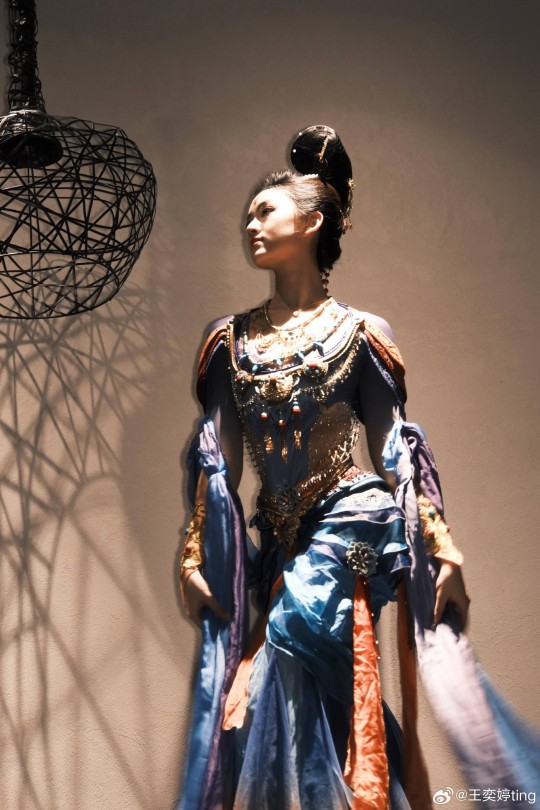




WANG YITING 王奕婷 in a dunhuang photoshoot | 2024 Spring Festival Gala — Hunan TV
Wang Yiting: more photos here
2024 Spring Festival Gala: more photos here
dunhuang photoshoot: more photos here
#wang yiting#王奕婷#chinese fashion#chinese actress#fashion#dunhuang#dunhuang photoshoot#spring festival gala 2024#tv program#cnladies#dunhuang style#hanfu#hanfu photoshoot#chinese hanfu#hanfu girl#hanfu fashion
58 notes
·
View notes
Photo
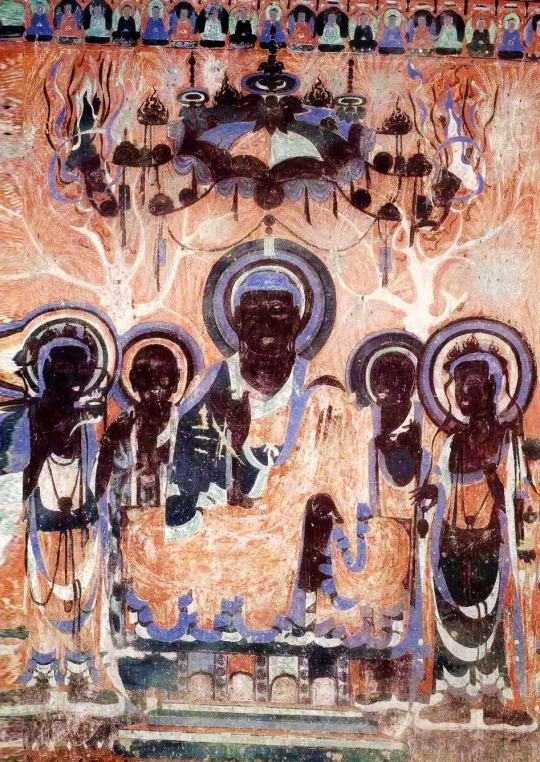
The Mogao grottoes' also known as "Caves of the Thousand Buddhas" 45,000 square meters (480,000 sq ft) of mural paintings and more than 2,000 color statues are regarded as the greatest treasure-house of Buddhist art existing in the world. source
#buddha#buddhism#dunhuang#china#shinar#tartary#grottoes#murals#art#chinese art#buddhist art#2nd century#late antiquity#silk road#asia#nagas
194 notes
·
View notes
Photo




Chinese Hanfu Dance Dunhuang Style Feitian Dress
Dunhuang style Hani Exotic Costume;
Pair with armbands and waist chains;
High quality fabric feels comfortable against the skin.
42 notes
·
View notes
Text




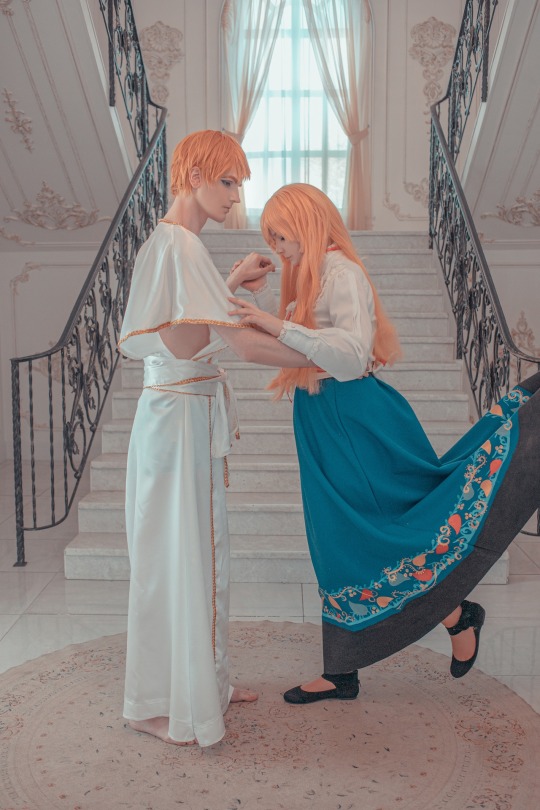




Фендом - Suddenly Became A Princess One Day
Персонаж - Claude de Alger Obelia, Athanasia de Alger Obelia, Jennette Margarita
Косплеер - Azrail, Катя Графова, Марина Сахар
Фотограф - Марк Иванов
Город - Москва
Помощник - Александр Александров
Грим - Eugenie's ArtStudio | Bodyart Makeup Craft
#cosplay#russiacosplay#anime#photography#anime cosplay#my cosplay#dunhuang#claude de alger obelia#athanasia de alger obelia#jennette de alger obelia#who made me a princess
10 notes
·
View notes
Text
Singing Sand
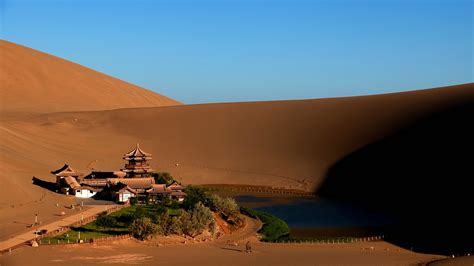
I thought we’d do something different today. Let’s take a trip across the world and back in time.
The story goes like this:
The desert heat was dry, first soaking into every crevasse and fold of clothing and then become a heavy weight there, pressing down from above, pressing in from the sides. As the day progressed, the heat soaked into lungs, breathed down through covered noses, filling the body, baking the travelers from both the outside of their bodies and now the inside as well. Their shadows ran long before them and then trailed, even longer and darker behind them. Wind blew off the sand dunes and the grit of that sand seeped, like small, persistent fingers, past barriers of cloth. The only sound was the sighing of the wind over the sand, the soft steady chime of the bells on the camels blankets and the occasional clicked tongue from one of the camel’s guides. It was like traveling through time, backward and backward again into the past. It was like being caught in amber, a moment that stretched on and would never end, never change to the next moment.
At first the sound might only be the wind. A low, solemn sound, coming from somewhere far away. A droning rise and fall that vibrated through the air, that hit the chest and shook persistently through the lungs and heart there. Slow, as the travelers seemed to grow nearer, the sound clarified into low chanting, sometimes louder, sometimes fading, following a song that changed without warning or pattern. Low, always vibrating low, filling the air with the continuous, sad song.
It was a song that Marco Polo recorded in his journals and one the locals knew well.
A song sung in the quiet, secret, hidden places of the desert.
We’re talking about singing sand, a rare, naturally occurring phenomena that science can - almost - explain.
Singing sand can happen on beaches but the most impressive songs come from sand dunes lost in the desert. Ancient people described the noise as moans, drums, chanting or thunder. Marco Polo, traveling along the Silk Road, wrote that the sounds were caused by evil spirit and sounded like musical instruments or the clash of arms. The songs aren’t just limited to the China either. Singing sand can be found world-wide and no two places will sing the same song. According to science, the ‘song’ of the dunes and beaches are caused by very specific types of sand grains, ones with a silica, caught in very specific circumstances, rubbing against each other as they move. The makeup of the sand influences what sounds it will produce, with small sand grains making the softest sounds and large grains vibrating more bass. Sand grains of different sizes will create different harmonies while uniform grain size creates uniform sound. And though the sand usually has to be very dry to sing, a small amount of water can apparently change the pitch of the song. The ‘singing’ is believed to happen when wind or footsteps start the sand sliding, the avalanche causing minuscule layer to rub against minuscule layer of sand until the grains resonate and create sound. Singing sand can be found in the US, Africa, Wales, Hawai’I, China, Japan, Australia and the Middle East - anywhere the sand and the climate is right for the music to start. While science is still trying to figure out, exactly, how singing sand works, the people of the past already knew.
In Dunhuang, China the stories say that the area around its famous Crescent Moon Lake was once mountainous and full of temples. One day the chanting and singing from the temples woke a Yellow Dragon Prince who was sleeping in the nearby desert. Angry at being woken, he covered the entire area with desert sand, entombing everyone in the temples. The sounds you hear in the region are the spirits of those still trapped below the dunes, eternally chanting their songs.
The Bete Grise Beach in Michigan also sings. Local legend says that a Native American woman lost her lover to Lake Superior and every day after he drowned, she would stand on the beach and call his name into the wind coming off the water. The sand still calls for him to this day and whenever it is disturbed, the long dead ghost of the woman whispers her lover's name in memory. The sand, it is said, will not sing if you remove it from its beach.
We know that people sing. Whales sing. Birds sing. And now, apparently, even the sand has something to add to the choir.
youtube
#folklore#singing sand#travel#dunes#beach#dune#dunhuang#bete grise#sand#music#its coarse and rough and gets everywhere#singing dunes#singing beach#Youtube
9 notes
·
View notes
Text
Depiction of the matrimony deities 和合/He-He (Harmony and Union) in the Dunhuang murals.
They are two immortals with origins as the monks Hanshan and Shide from Mt. Tiantai in the Tang Dynasty.
English added by me :)
105 notes
·
View notes
Text
youtube
Oriental style beauties,Jiutian Xuannü,Dunhuang.
2 notes
·
View notes

